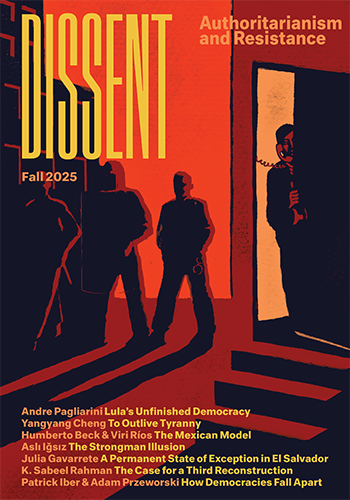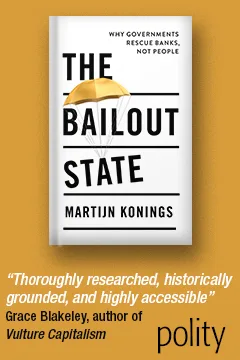Democracy And Social Planning
Democracy And Social Planning
To some, a union of democracy and social planning virtually defines the socialist aspiration, and surely it would be an ideal union if the two were constantly compatible. I shall argue, however, that this is not the case.
To some, a union of democracy and social planning virtually defines the socialist aspiration, and surely it would be an ideal union if the two were constantly compatible. I shall argue, however, that this is not the case and, more broadly, that these political ideals may be striven for but not attained: or attained only if they have first been rendered realistic, which is to say compromised, limited, and inspiring only to those who have known worse. Reality, despite its several virtues, is a conservative state of affairs.
The argument will be conducted in general terms but, for those who prefer to think concretely, will be illustrated by the experience of planning the English New Town of Stevenage during the Labor Party regime. This episode was unsatisfactory both politically and technically in that local opposition was needlessly aroused and construction much delayed; however, it is not to the failure but the underlying human realities of democratic planning that attention should be directed.
The building of relatively small towns, economically and socially well-balanced, and tastefully and efficiently laid out in open country is an old utopian fancy and the dream of many architects forced to design one unit at a time in the clutter of established cities. In Great Britain, this “garden city” idea was espoused by Parliament in the New Towns Act, 1946, empowering government corporations to buy the necessary land and to build towns thereon wherever the Minister of Town and Country Planning would direct. While the Labor Government happened to be responsible for its passage, this was a nonpartisan measure, part of a long-range plan to move a million people, and enough industry to employ them, from inner London to its rural periphery.
Stevenson, a town of 6,000, thirty miles north of London, was designated the first New Town site, and a corporation headed by the distinguished architect Clough Williams-Ellis was set up to superintend its expansion to 60,000 within ten years. The corporation promptly acquired for its staff two large manor houses and there began planning a safe, modern town in six residential neighborhoods; shops, schools, pubs, and churches, ample parks, and an industrial sector between the railway and the by-passing Great North Road were admirably mapped out. Ministry officials gave Stevenage first priority since it was to be the prototype of some ten other New Towns.
But force majeure and mineur intervened to rankle and then disrupt the venture. Conservative homeowners angered by the proposed scale of property compensation and those who preferred rural to city ways joined in legal action and won an injunction against the Minister (subsequently reversed by higher courts) . The local government body, the Stevenage Council, irritated by the planners’ failure to consult it, also turned hostile and held a referendum which showed 52 per cent opposing the project. A series of...
Subscribe now to read the full article
Online OnlyFor just $19.95 a year, get access to new issues and decades' worth of archives on our site.
|
Print + OnlineFor $35 a year, get new issues delivered to your door and access to our full online archives.
|






